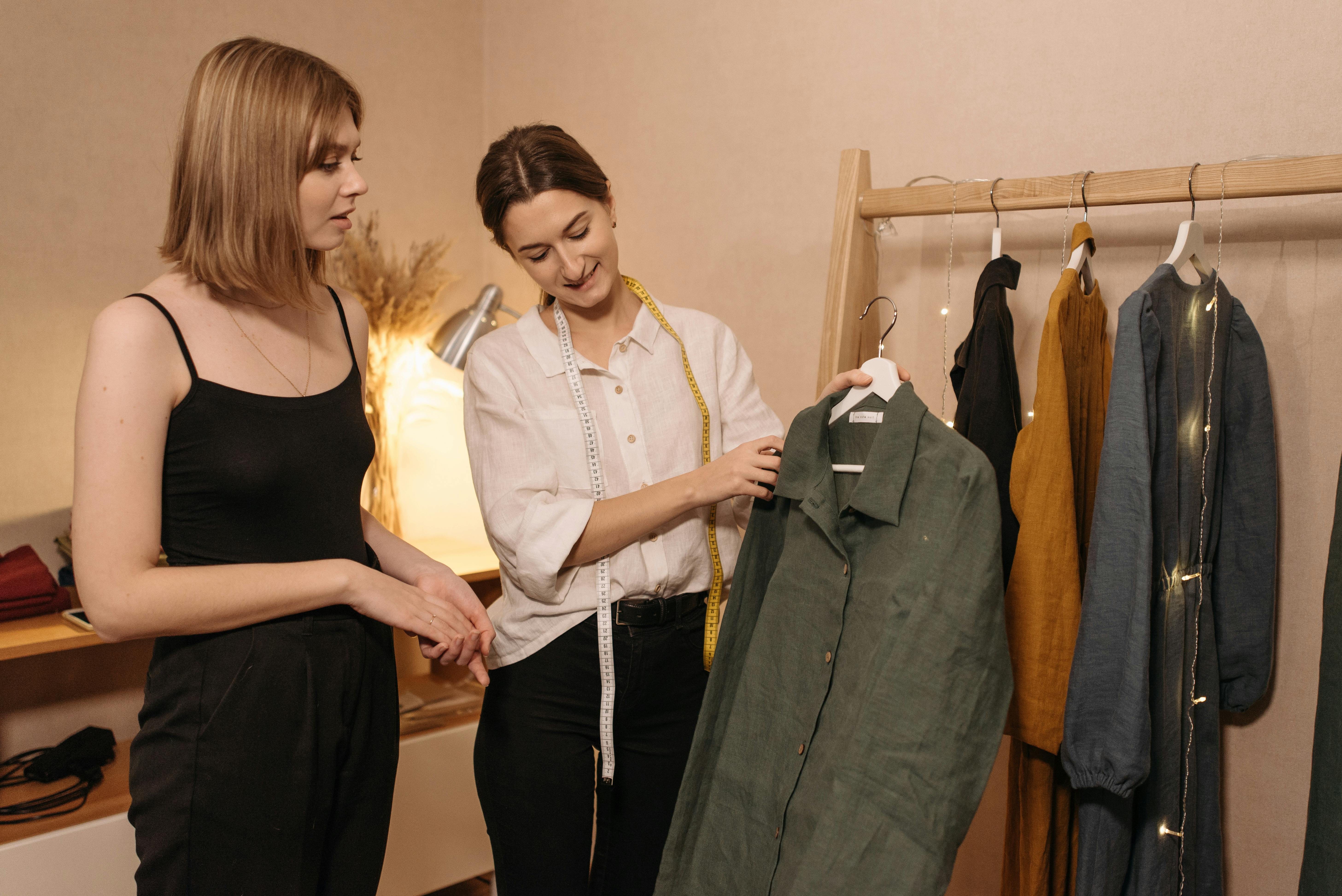In today’s throwaway society, it’s very easy to neglect our electronics. It’s also tempting to put our appliances in the same category, especially when it comes to maintenance. A sewing or embroidery machine like the Brother SE400 is not actually an electronic device. Because it has moving parts, it is not sealed like a digital camera or smartphone. Such a machine is classified as “electromechanical” and as such requires regular maintenance, unlike a modern mobile phone or camera.
Here are some tips on safety precautions and regular maintenance for your sewing or embroidery machine. The same helpful tips likely apply to many of your appliances in one form or another.
Electrical safety precautions
Even in this day and age when advanced electrical safety switches and circuit breakers are being incorporated into new homes and renovated residences, there is still an electrical hazard with any appliance. Whenever you operate a computerized device at home, it makes good sense to use a surge protector. You should also unplug an appliance such as a sewing machine from the wall if you leave it for more than a few hours. The more energy an appliance consumes during use, the more important it is to unplug it from the wall when it is idle.
It would be a real shame if a valuable appliance, such as a sewing machine, burned out because it was left plugged into your home’s power source and something untoward happened.
- You may have unknown wiring problems in your home, or even just the wall outlet, particularly in older homes.
- Some appliances may simply be “lemons” with an electrical problem that, if activated, could damage the appliance itself or possibly short-circuit other parts of your home.
- Thunderstorms are always a risk.
Sunlight and storage
Today’s sewing machine housings tend to be made of plastic that will discolor if left in direct sunlight. The mechanical parts inside can also be affected if the machine is left in very humid places; Always store your machine in a dry area away from direct sunlight.
Grease
These days, many machines are made of materials that do not require oil, or their moving parts are already impregnated with lubricant. However, be sure to read your machine’s manual to make sure this is the case. Otherwise, you have to get used to greasing your machine after every big project and whenever it has been idle for a period of time.
Hot
I once used a bright halogen desk lamp on my sewing machine so that I could see my work more clearly. It wasn’t until I finished my project and went to put away the machine that I discovered that a part of the housing had become distorted because the heat from the lamp was melting the plastic. It may seem obvious, but you really need to be careful not to operate your machine too close to a space heater, your iron, or any other hot appliance.
Fabric dust and lint
It may seem unnecessary to specify dust precautions when it makes common sense to many. However, household appliances collect dust and dirt can cause damage. Certain mechanical parts can malfunction simply because they have become clogged with dust. Even if you leave your machine outside overnight, it’s a good policy to cover it up. Most machines come with a soft cover for this purpose.
Sewing and embroidery machines will inevitably pick up lint from the fabrics you are sewing. The friction of the needle continually piercing the fabric and the movement of the material along the feed dogs creates a surprising amount of fluff. Therefore, it is important to make regular use of the provided cleaning brushes to remove any fabric lint from the feeder teeth and the bobbin case. It is also a good precaution to check and clean the foot control from time to time. You would be surprised how much dust and dirt accumulates around anything on the floor.
Unusual noises
Don’t ignore unusual sounds. If you notice the engine making a different noise, it probably means something. First, check the LCD screen to see if it shows any error codes. Check that the needle is secure and that the bobbin mechanism is properly engaged. Make sure your spool of thread is seated properly and that the thread is not caught or caught at any threading point. Make sure all air openings are clear. If the noise doesn’t go away, you really should take your machine to an authorized repair shop to have it checked. Fortunately, Brother USA offers a 25-year limited warranty, so it is quite possible that something unusual that is not due to rough handling will be covered.
Remember, it is not only machines like the Brother SE400 computerized sewing and embroidery machine that need to be treated with respect. The tips provided here also apply to many home appliances and garden tools, even if they are cheap to buy compared to days gone by.
